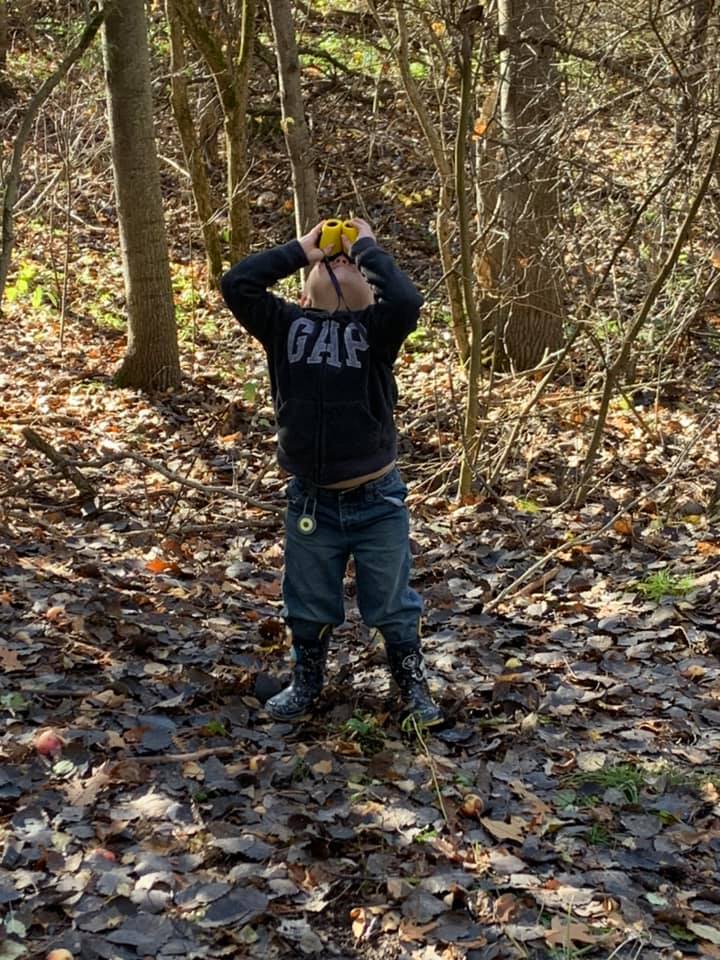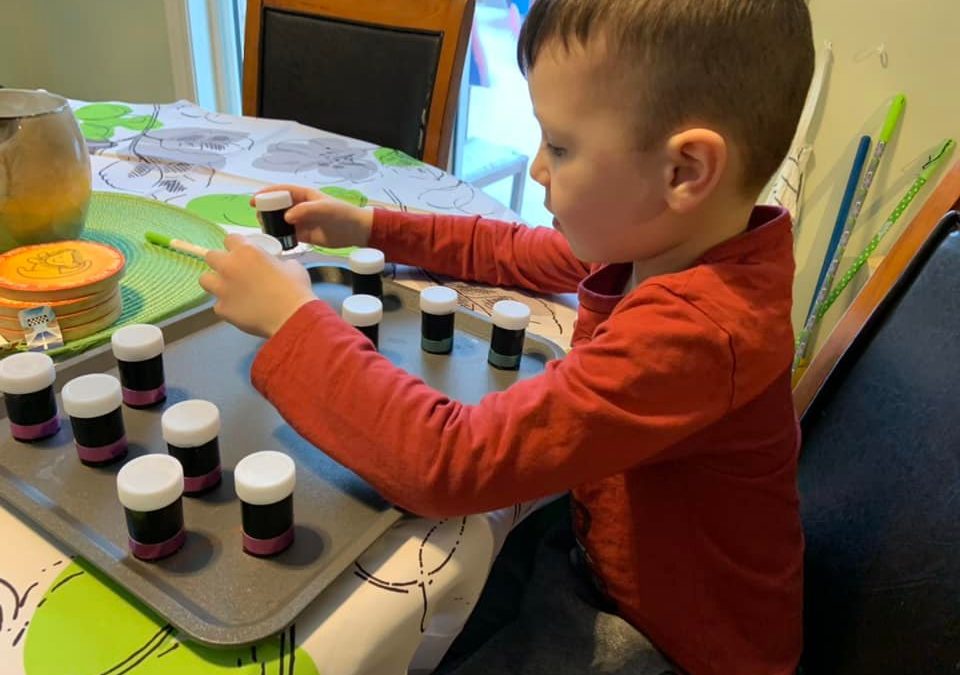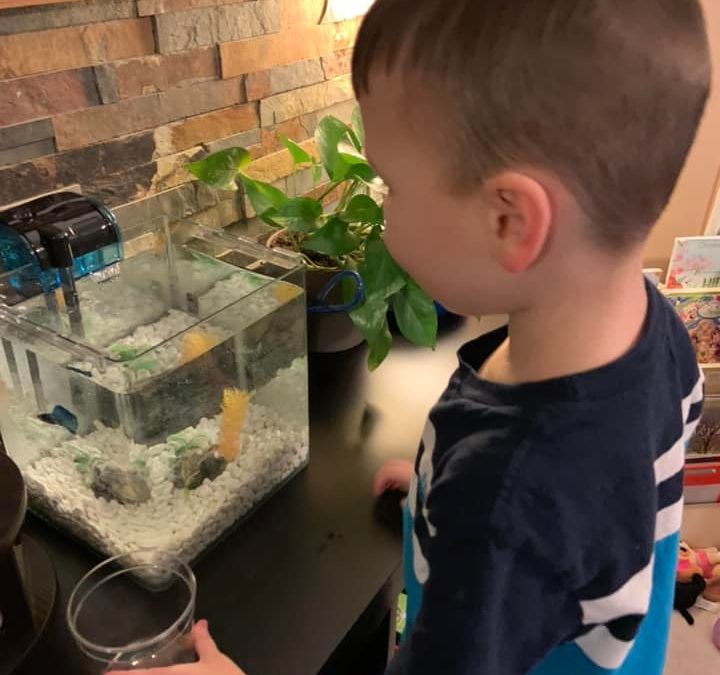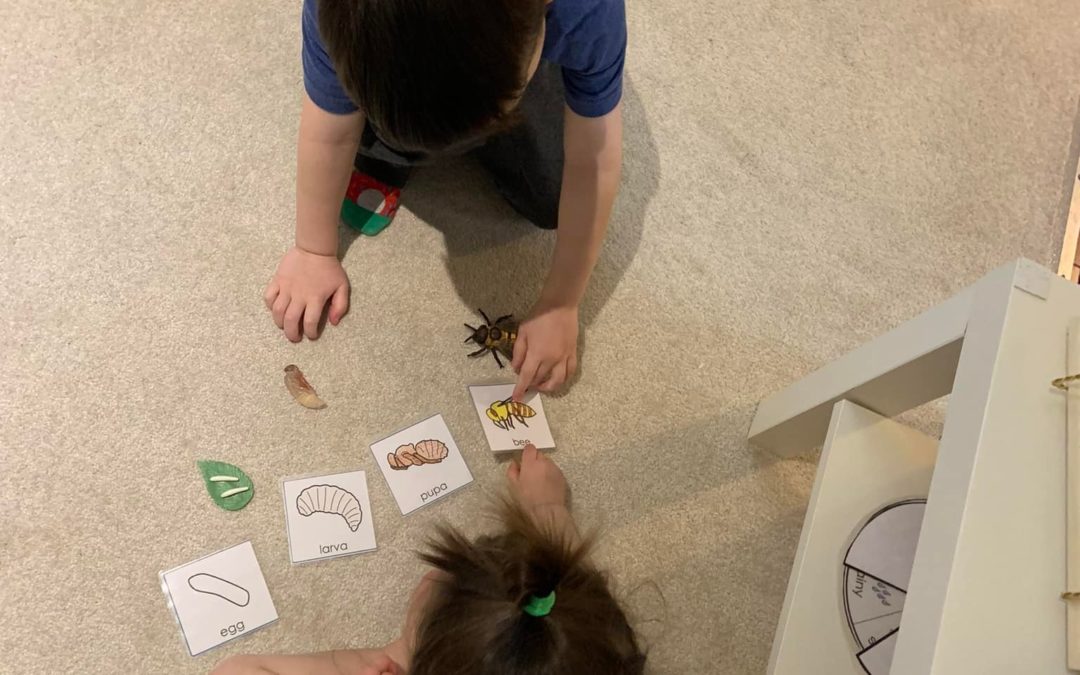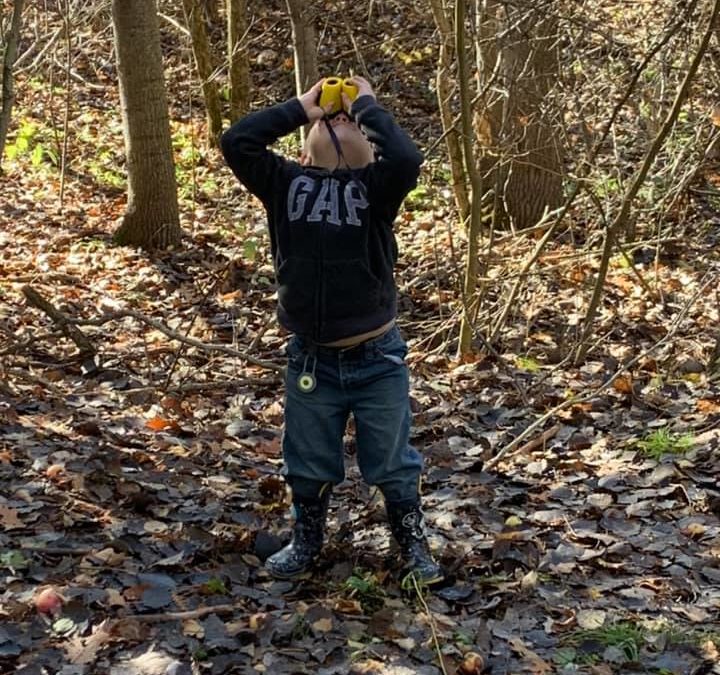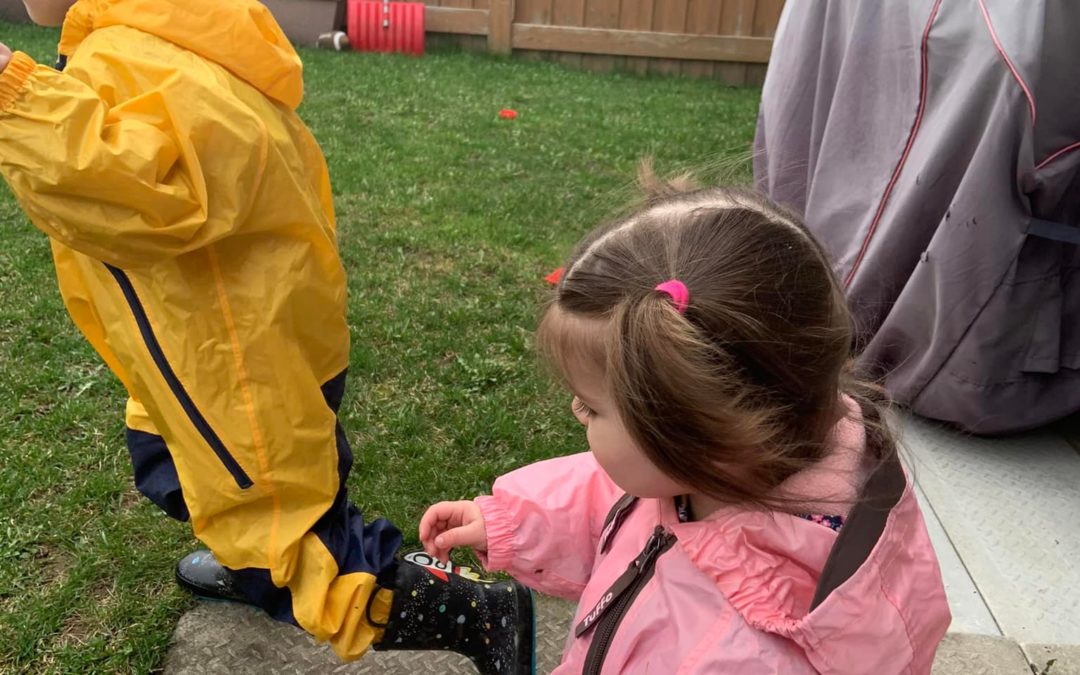
All Weather Play

“There is no such thing as bad weather”. This is a statement I find all over different parenting and education sites and blogs. We know for a fact that the more time outdoors children have, the better. Outdoor spaces help children learn to balance and coordinate their movements, uneven ground and slopes are amazing teachers for learning how your body moves in space and for spatial awareness in general. Time outside is rich in sensorial experiences, there is so much to see, hear, smell, touch and regardless of the adults efforts to hinder it, taste. Fresh air and vitamin D from the sun on our skin is a mood booster, a sleep aid, and a rejuvenator. We think better and therefore learn better when we have an adequate amount of time to move our bodies, and be outdoors. These are all objectively positive things, but something that I find is not mentioned enough is that while it is true there is no such thing as bad weather (although perhaps there is potentially dangerous weather), there is a considerable amount of work that is involved in all weather outdoor play.
Getting tiny humans bundled up to go outside in the freezing cold winter, only to have them beg to come in ten minutes later can make it feel pointless. Wrapping them up in rain suits and rubber boots only to realize that each rainy day play potentially means a load of muddy and grassy laundry feels overwhelming. Spraying or rubbing in layer after layer of sunscreen knowing that every loose blade of grass and that the beloved sand in the sandbox is about to coat your children and require immediate bathing and floor cleaning can feel repulsive.

I provide home childcare a few days a week and on those days I know that the above applies not only to my own children but also to three or four additional tiny humans! There is significant work involved, and in some cases an actual workout (you work up a real sweat getting five to six toddlers bundled in snow gear!)
But here is the most important point in this whole post. It is worth it, and it is necessary! There are also so many learning experiences that can be involved even in just the dressing part, let alone the outdoor learning. In the winter there are plenty of opportunities to practice self dressing. We often spend longer getting dressed in the winter, than we do playing outside! This is the time to practice zippers, identifying which boot belongs to which foot, and learning to do the coat flip trick. Every time you go outside the children get to practice these skills, and generally they don’t enjoy the long dress up sessions either and are motivated to learn to do it independently!
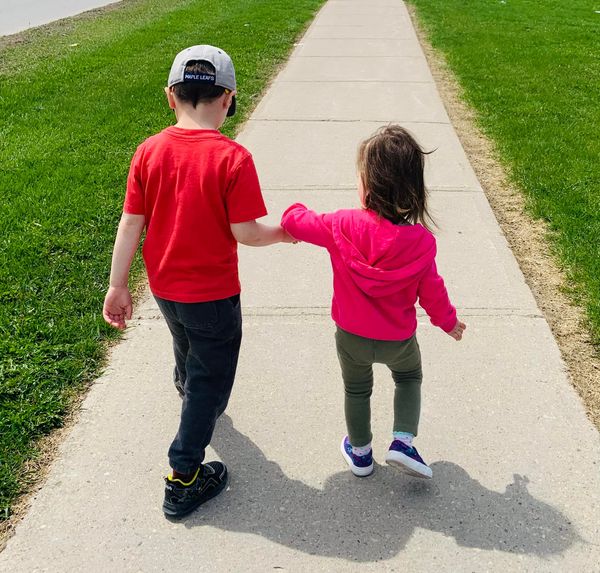
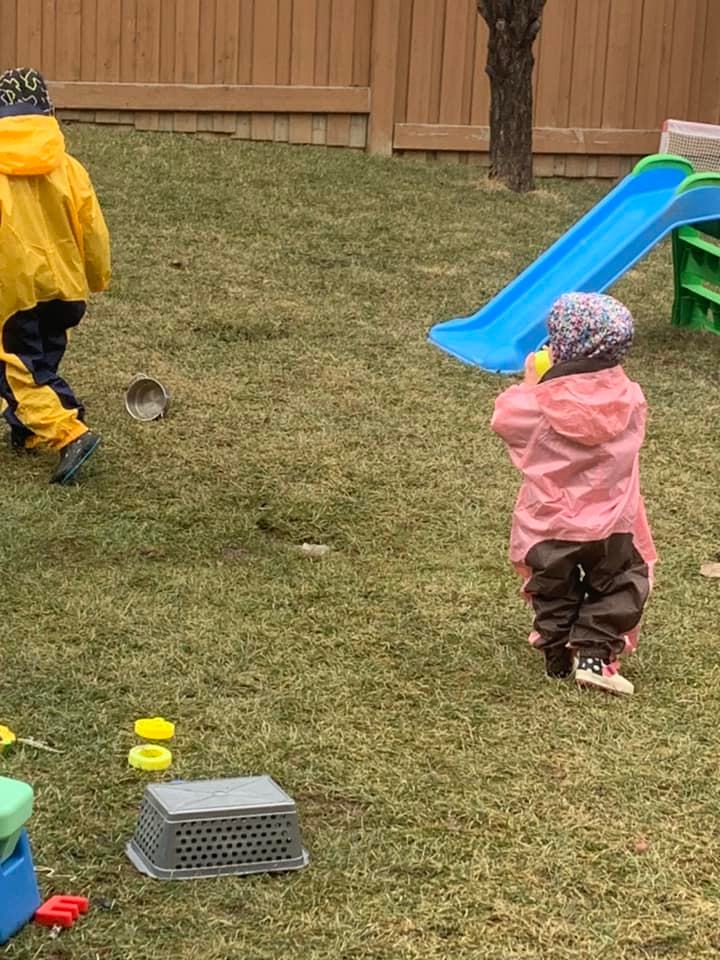
After playing in some mud and puddles on a rainy day there is an opportunity for children to notice the mess in brings, to involve them in the laundry, the sweeping and the mopping. Toddlers and preschoolers generally love these activities, they learn a lot and it makes the entire experience an educational play time! Not just the part that we consider play time, but the part we consider work as well. Besides the rainy days are the best days to go observing worms and snails, and the birds that follow.
Those hot summer days can be made much easier by ending each play session with a sprinkler game, kiddie pool or hosing down. They may need a bath afterwards but there are ways to bundle bath time with either chores or play. Maybe they sit in the bath and have a popsicle while you relax and read. This is amazing for their nervous systems, is mess free, and gives you some downtime. Maybe before bringing them in squirt some dish soap all over the tub and shower walls and then throw the kids in with some scrub brushes. They will have a blast scrubbing the soap and making crazy, soapy foam and when they are done both the shower and the children are clean! It is safe, the kids enjoy it, and it knocks an annoying chore off the to do list. When my kids do this I just spray it down after they get out with a leave on shower cleanser and everything (and everyone) is left shiny clean and smelling great. I also find that summer picnics help cut down on the cleanup, if you know it will just be a brief lunch break before heading back outside why not eat outside and save the mess that will be tracked in? I like to set up a water dispenser for hand washing outside or we use the hose so that besides bathroom breaks we can spend the whole day outside.
Two more things I have been trying to work on as I attempt to add more and more all weather play to our days is better equipping myself, and letting go of the house mess. I realized that one of the big reasons I avoided winter play was because my kids were bundled up well, but I was always cold as I did not own snowpants. In rainy weather I felt like a soggy mess without effective rain boots. In the summer I was forgetting to reapply sunscreen and was a sore mess after a day of play. I have been working on better preparing myself for all weather play and seeing it as part of the Montessori adults work- to prepare the adult. Likewise I have been working on preparing the environment. I made some changes to where we dress and undress for outdoor play. Made it part of my daily routine whether or not we go out to vacuum and mop our entry ways and main floor. This change has allowed me to completely let go of the mess because I know that no matter what that space will be cleaned at the end of the day as it is everyday. This change has actually allowed for us to do a lot more messy play and art as well as the space we come in and out of is our dining room, which is also where our art shelf is set up. The dining room has become the “mess zone” where we make the most mess every day, but because it would need cleaning either way after meals it is not feeling like any extra work for me to maintain the space!
Prepare yourself, prepare your home, and take the kids outside no matter the weather. It is worth it for everyone involved!
